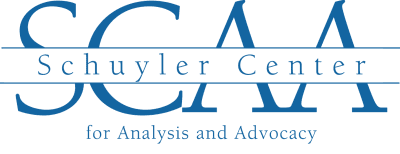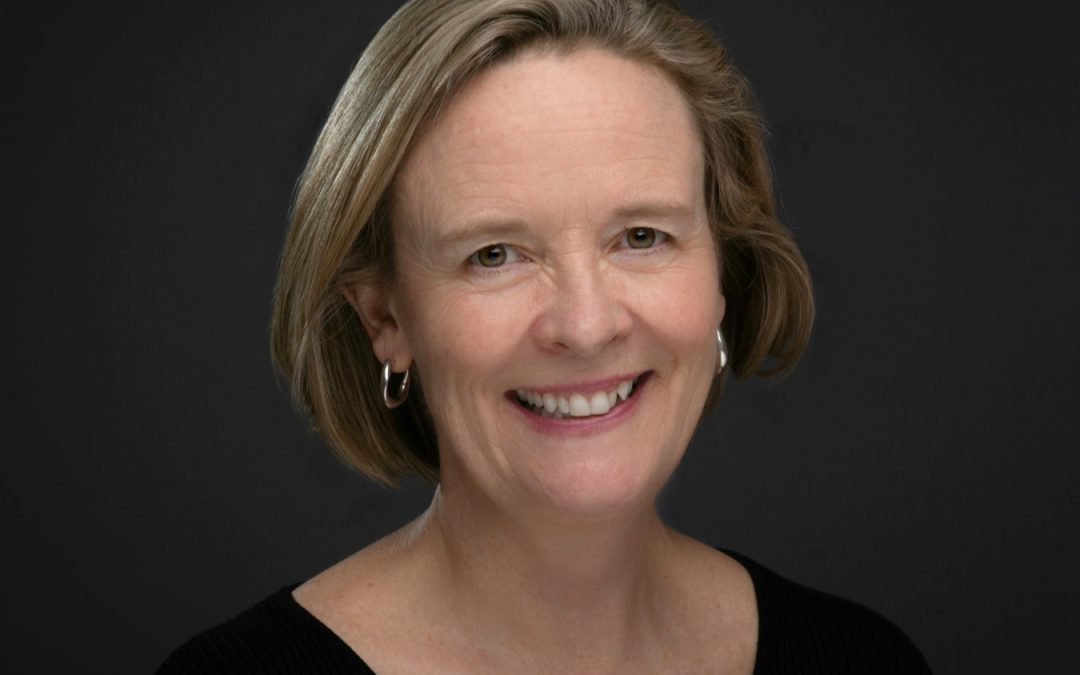June 2021.
Remember it: this is the month and year New York State legislators declared their intent to cut child poverty in half in ten years.
Before the pandemic, poverty affected the lives of one in five New York children and, in some communities—including Rochester, Buffalo, and the Bronx—one in every two children. Before the pandemic, a Black child was two times more likely to live in poverty than a white child. Before the pandemic, New York’s child poverty rate was higher than 31 other states. 2020 was already well-past time to address child poverty.
Since the pandemic, hundreds of thousands more children and families have plunged into poverty. Racial inequities have widened and been laid bare. By March 2021, 31% of New York adults reported it had been somewhat or very difficult to pay for usual household expenses and 24% reported not being current on rent or mortgage, with eviction or foreclosure in the next two months likely.
The Child Poverty Reduction Act S.2755-C (Ramos)/A.1160-C (Bronson) carves the beginning of a path to cut child poverty in New York State. This legislation declares policymakers’ intent to cut child poverty in half in ten years and establishes the Child Poverty Reduction Advisory Council tasked with developing a plan to do it. The Council will evaluate specific policies and their impacts on child poverty, including racial disparities, make concrete budget and policy recommendations with benchmarks and timelines, and publicly share data to make sure that New York meets its goal.
S.2755-C (Ramos)/A.1160-C (Bronson) went before the legislature with 41 co-sponsors in the Assembly and 24 co-sponsors in the Senate. Legislators’ votes in support were overwhelming and included Democrats and Republicans from rural, urban, and suburban communities that span the entirety of New York State.
Outside of the legislature, nearly 60 partners, coming from all corners of the state and all walks of life, have joined Schuyler Center for Analysis and Advocacy in pushing for passage of the Child Poverty Reduction Act. Enthusiasm for this bold and urgently-needed initiative comes from nurses, pediatricians, parents, educators, child care providers, colleges and universities, community health centers, hospital leaders, child welfare agencies, libraries, youth bureaus, and community-based organizations. These are the people who, every day, see and try to cure child poverty’s ills. These are the people who know it would better for our children, our families, our communities, and our state, if we prevented poverty before it seeded poor health, problems in school, and reduced opportunity.
This law, if signed by the Governor, will be a bridge from today, when we make policy and budget decisions and hope they don’t plunge more children into poverty, to a day when New York is intentional about reducing child poverty and improving equity, by creating an expectation of analysis, measurement over time, and public accountability about whether and how a wide variety of policy and budget decisions affect opportunity and economic security for our most vulnerable children.
Following the Great Recession in 2008, when poverty rates rose, they continued to climb for six years, until 2015, when they finally dipped slightly. This time needs to be—and will be—different, for the sake of every single child and family whether they live in Buffalo, Batavia, or Brooklyn.
There is no time to waste. Right now, there are federal funds available to jump start this effort.
New York certainly has the means to tackle child poverty—it needs the will and the public accountability included in this legislation. When the Governor signs the Child Poverty Reduction Act, New York will signal our shared intention to make budget and policy choices that leave no child behind. Let’s go!
Sincerely,

Kate Breslin
President and CEO[/vc_column_text][/vc_column][/vc_row]


Recent Comments